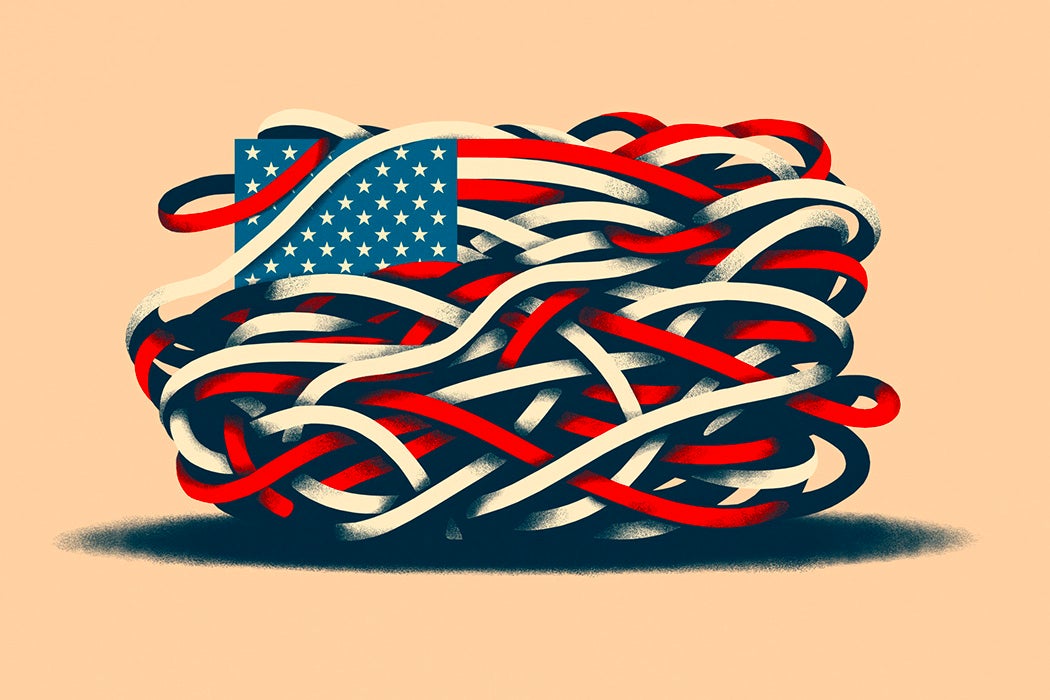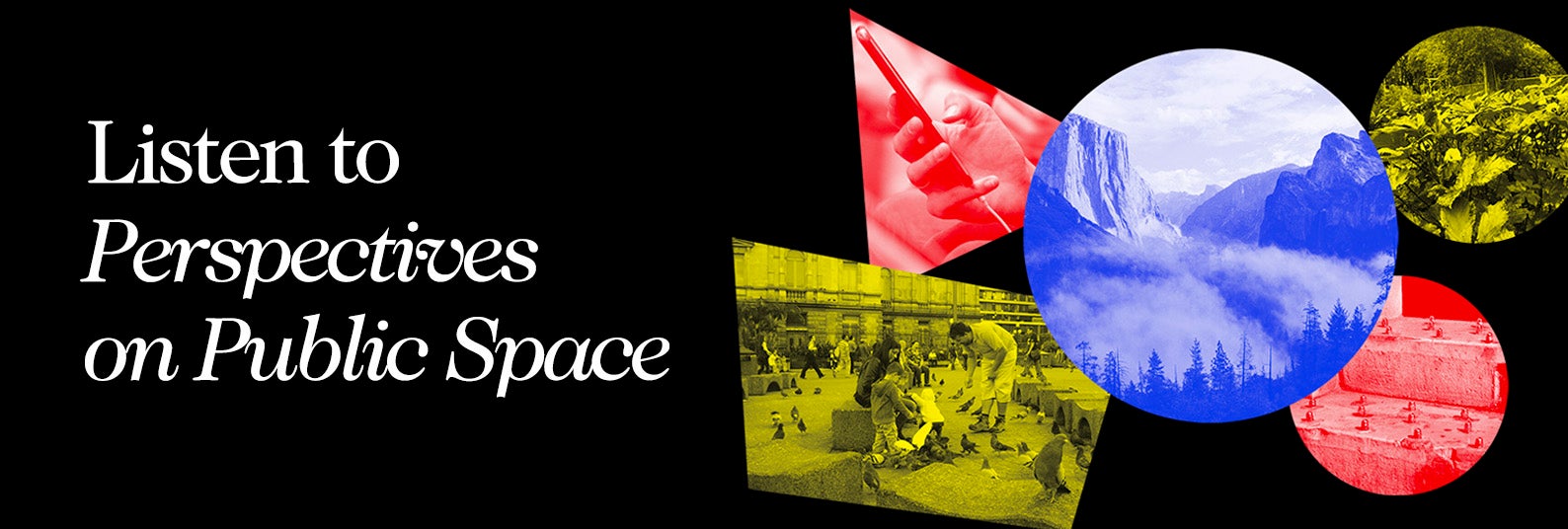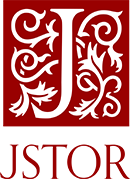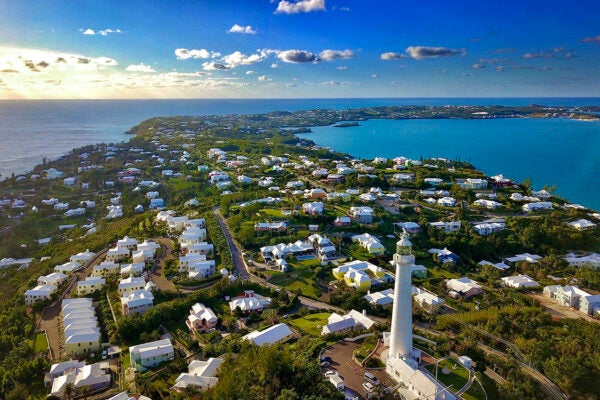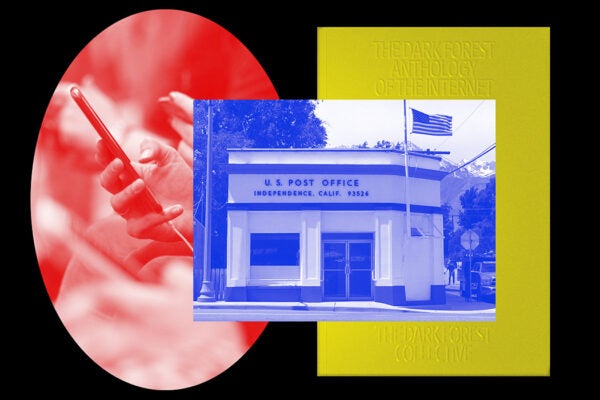Populist and nationalist rhetoric have surged to the center of US politics, but they didn’t originate with Donald Trump. Sociologists Bart Bonikowski and Paul DiMaggio identify four types of American popular nationalism dating from the years prior to Trump’s political rise—and they don’t fall on a neat continuum from more to less nationalist.
Analysis of data from the 2004 General Social Survey yielded four orientations to nationalism: 24 percent were “ardent nationalists”; 17 percent were “disengaged”; 38 percent were “restrictive nationalists”; and 22 percent were “creedal nationalists.”
Ardent nationalists identified strongly with America and had the most restrictive understanding of what it means to be truly American. They were the most likely to say they were very proud of America’s accomplishments and the most likely to describe America as better than other countries. This group also had a fairly straightforward demographic profile.
“The typical member of this class was a white male observant Evangelical or Mainline Protestant with relatively little formal education, living in the South,” write Bonikowski and DiMaggio.
At the other extreme, the disengaged didn’t express national pride or have strong feelings about what it means to be American. Where ardent nationalists were the oldest group, the disengaged were the youngest. They were racially diverse, highly educated, less likely than other groups to be religious, and tended to live in the Northeast and Pacific West.
The remaining two groups weren’t simple midpoints on a continuum. Rather, they displayed two different ways of understanding what’s important about national identity. Restrictive nationalists, the largest group in the sample, showed only moderate levels of national pride. They were second, behind the disengaged, on ever having felt ashamed of the United States. At the same time, they imposed strong boundaries on what it means to be American, with responses closer to those of the ardent nationalists in these categories. This group included a majority of African Americans surveyed and had the second-lowest average income among the groups.
Finally, creedal nationalists showed high levels of identification with and pride in America, coupled with more relaxed views of what it means to be American. In particular, they emphasized respecting laws and institutions over having been born in the United States or being Christian. This group had the highest levels of education and highest average income; they tended to live in the Pacific and Mountain states.
Weekly Newsletter
While these categories were derived from an analysis of 2004 survey data, Bonikowski and DiMaggio analyzed data from 1996 and 2012, finding that, while the percentages of people in each group varied with the political and economic environment, the types of nationalism themselves were stable.
Importantly for understanding nationalism and perhaps the broader US political climate, Bonikowski and DiMaggio push back on understandings of nationalism as ideologically coherent. Rather than being a contest “between people who place their faith in the American creed and those who view America as a white, Protestant republic,” they write, nationalist beliefs “are often untidy, compared to the ideological dimensions that make sense to specialists and observers.”
